In this bold and brilliant book, Timalsina brings his formidable scholarship on Tantra to bear on questions regarding the nature and constitution of complex images, the purposes and techniques of visualization, the emotional dimension of abstract liturgical and cognitive processes, and the teleology of bodily discipline. The re-conceptualisation of Tantra in order to open up its potential to comparative philosophical understanding is provocative and thought-provoking; even more striking is the wide-ranging, astonishingly well-grounded and thoroughly original use of the ideas of cognitive linguistics in that endeavour. Not only scholars of Tantra and Hindu Studies more widely, but anyone interested in tackling fundamental philosophical questions about cognition, emotion and body should read this book; there is much benefit to be had from it.
Dr. Ram-Prasad Chakravarthi,
University of Lancaster, UK
Tantra, often misunderstood, finds illumination in this important book. Dr. Timalsina carefully explains the role of metaphor and metonymy as well as image and experience in this deeply affective exploration of the texts and practices of Tantra. Beautifully illustrated, this book gives access to material that has hitherto been unknown, including new perspectives on visualization through Yantra and Mandala as well as the efficacy and function of Mantra.
Professor Christopher Key Chapple,
Loyola Marymount University, USA.
Tantric Visual Culture
Indian culture relies greatly on visual expression, and this book uses both classical Indian and contemporary Western philosophies and current studies on cognitive sciences, and applies them to contextualize Tantric visual culture.
The work selects aspects of Tantric language and the practice of visualization, with the central premise to engage cognitive theories while studying images. It utilizes the contemporary theories of metaphor and cognitive blend, the theory of metonymy, and a holographic theory of epistemology with a focus on concept formation and its application to the study of myths and images. In addition, it applies the classical esthetic theory of rasa to unravel the meaning of opaque images. This philosophical and cognitive analysis allows materials from Indian culture to be understood in a new light, while engaging contemporary theories of cognitive science and semantics. The book demonstrates how the domains of meaning and philosophy can be addressed within any culture without reducing their intrinsic cultural significance.
By addressing these key aspects of Tantric traditions through this approach, this book initiates a much-needed dialogue between Indian and Western theories, while encouraging introspection with the Indic traditions themselves. It will be of interest to those studying and researching Religion, Philosophy and South Asian Culture.
Sthaneshwar Timalsina is Professor in the Department of Religious Studies at San Diego State University, USA.
Routledge studies in Tantric Traditions
Series Editor: Professor Gavin Flood, University of Stirling
The Routledge Studies in Tantric Traditions series is a major new monograph series which has been established to publish scholarship on South, East, and Southeast Asian tantric traditions. The series aims to promote the serious study of both Hindu and Buddhist tantric traditions through the publication of anthropological and textual studies and will not be limited to any one method. Indeed, the series would hope to promote the view that anthropological studies can be informed by texts and textual studies informed by anthropology. The series will therefore publish contemporary ethnographies from different regions, philological studies, philosophical studies, and historical studies of different periods which contribute to the academic endeavor to understand the role of tantric texts and their meaning in particular cultural contexts. In this way, the series will hope to establish what the continuities and divergencies are between Buddhist and Hindu tantric traditions, and between different regions. The series will be a major contribution to the fields of Indology, Sinology, History of Religions, and Anthropology.
Identity, Ritual and State in Tibetan Buddhism
Martin A. Mills
The Khecarvidy of dintha
A critical edition and annotated translation of an early text of ha hayoga
hayoga
James Mallinson
An Introduction To Tantric Philosphy
The Paramrthasra of Abhinavagupta and its Commentary by Yogarja
Lyne Bansat-Boudon and Kamalesha Datta Tripathi
Tantric Mantras
Studies on mantrasastra
Andre Padoux
Tantric Visual Culture
A cognitive approach
Sthaneshwar Timalsina
Tantric Visual Culture
A cognitive approach
Sthaneshwar Timalsina

First published 2015
by Routledge
2 Park Square, Milton Park, Abingdon, Oxon OX14 4RN
and by Routledge
711 Third Avenue, New York, NY 10017
Routledge is an imprint of the Taylor & Francis Group, an informa business
2015 Sthaneshwar Timalsina
The right of Sthaneshwar Timalsina to be identified as author of this work has been asserted by him in accordance with sections 77 and 78 of the Copyright, Designs and Patents Act 1988.
All rights reserved. No part of this book may be reprinted or reproduced or utilised in any form or by any electronic, mechanical, or other means, now known or hereafter invented, including photocopying and recording, or in any information storage or retrieval system, without permission in writing from the publishers.
Trademark notice: Product or corporate names may be trademarks or registered trademarks, and are used only for identification and explanation without intent to infringe.
British Library Cataloguing in Publication Data
A catalogue record for this book is available from the British Library
Library of Congress Cataloging in Publication Data
Timalsina, Sthaneshwar, 1965- author.
Tantric visual culture : a cognitive approach / Sthaneshwar Timalsina.
pages cm. -- (Routledge studies in tantric traditions)
Includes bibliographical references and index.
1. Tantrism. 2. Philosophy, Indic. 3. Visualization. I. Title.
BL1283.84.T56 2015
294.5514--dc23
2014030805
ISBN: 978-1-138-81284-0 (hbk)
ISBN: 978-1-315-74852-8 (ebk)
Figures
Tables
This work engages the varied topics of Tantric visualization, Indian philosophies in general, and Tantric philosophy in particular, Indian esthetic theories, contemporary Western philosophy, cognitive science, and cognitive linguistics. In a departure from existing mainstream discourse, this study centers around images. I am thankful to Dr. Glen Alexander Hayes for the initial encouragement to read Tantric materials through the lens of cognitive science. This work is a consequence of a prolonged engagement with scholars working both in the field of religious studies and cognitive science.
Many teachers in Nepal and India have given a tremendous amount of time and attention in explaining nuances of Tantric practice and philosophy, and I express my deepest gratitude to them. The late Prem Chetan Brahmacari, Dr. Vidyanath Upadhyaya, the late Samkara Chaitanya Bharati, Dr. Ramji Malaviya, and the late Vrajavallabha Dviveda, are some of the teachers who have shaped my knowledge of Tantra. My coming to the West, and the education in the Western world has equally enriched my understanding, and this work is a synthesis of both these systems of training. I am sincerely thankful to Drs. David Peter Lawrence, Loriliai Biernacki, David Gordon White, Jeffrey Ruff, Sushil Mittal, Purushottama Bilimoria, Gerald J. Larson, Rebecca Moore, and Thomas Oberlies for their kind suggestions, encouragement, and companionship. Many thanks also go to Mr. Jason Schwartz for reading several chapters of the manuscript. Finally, I express my sincere gratitude to Mrs. Mary Hicks for reading the earlier version of the manuscript, and to Ms. Beth Fountain, for the preparation of images for publication.
Next page

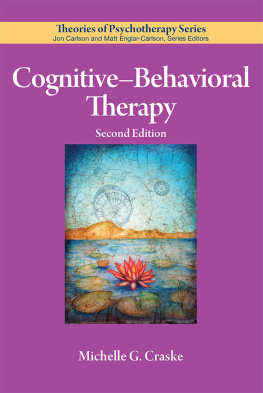
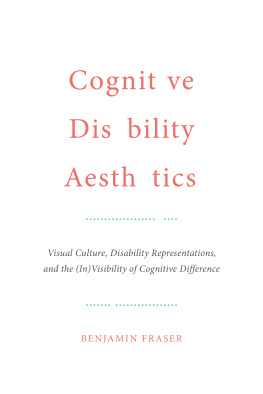
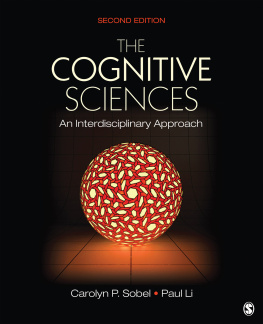
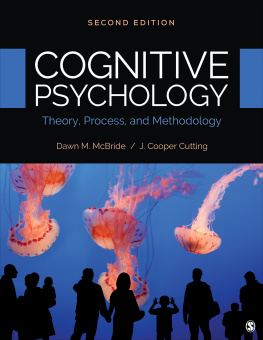
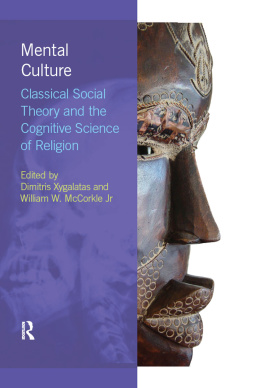
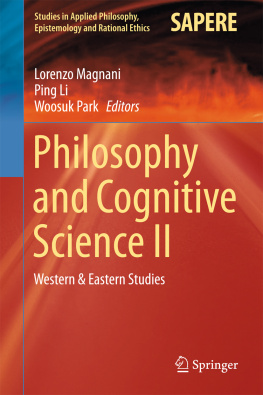

 hayoga
hayoga